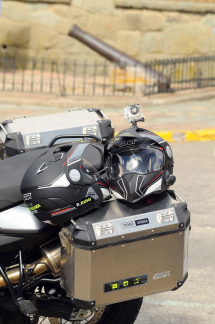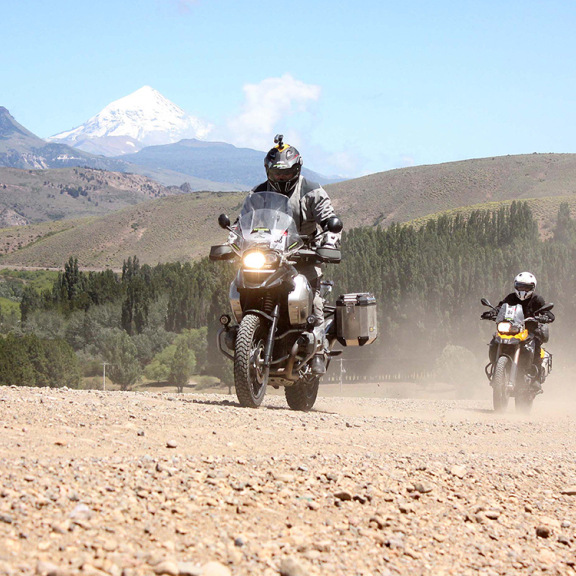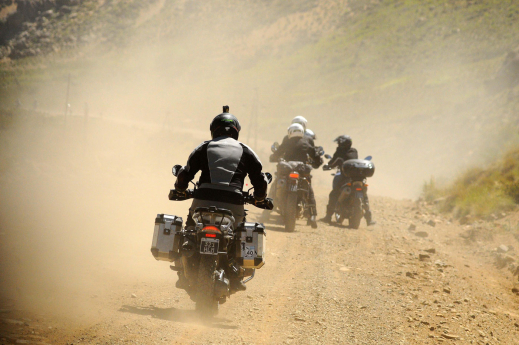The Patagonia GIVI Tour
Where it all began
In 2013, GIVI organised its first tour: a group of expert motorcycle travellers affiliated with the brand, coming from all over the world, journeyed to the wilds of faraway Patagonia in order to test out the then-new Trekker Outback cases. The idea of creating a dedicated portal to share experiences, stories and tips for lovers of motorcycle adventures was born on the way back from this trip.
Ten years on from Patagonia 2013 and the birth of GIVI Explorer, GIVI has launched an updated version of its iconic aluminium cases… might it be time to organise a new journey to put them to the test? For now, here’s the story of Patagonia 2013.
Travel diary
The following is a travel report of a unique journey: not some luxurious incentive trip to a Caribbean island, but a motorcycle tour across one of the destinations most beloved by enthusiasts of the sport… Patagonia! The trip was a dream come true for Vincenzo Visenzi (used to riding through the fields as a boy, he takes every chance to get back in the saddle), who managed to bring together an international group of people with a connection to the GIVI brand. The journey also provided an opportunity to test out the then-new Trekker Outback aluminium cases under the perfect conditions for this type of product.
The start
Neuquén
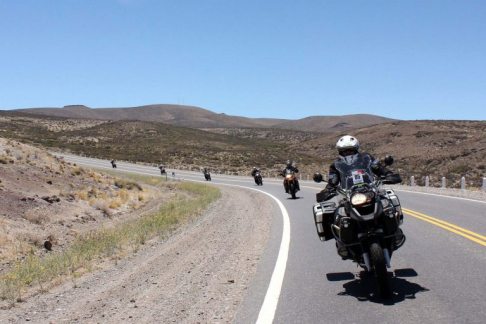
At the feet of the Andes
Bariloche - Puerto Pañuelo bay - Nahuel Huapi Lake
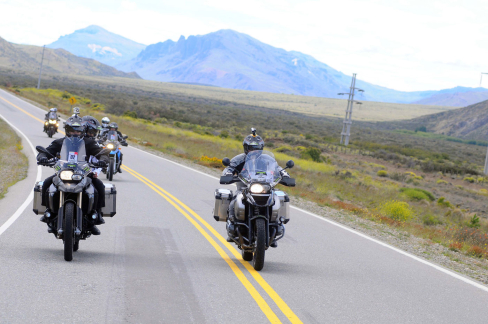
Nant y Fall Waterfalls
Nahuel Huapi Lakes - Trevelin - Esquel
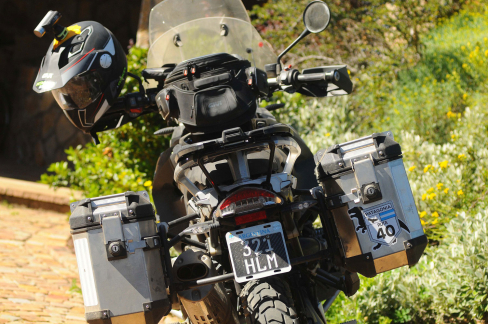
Curves and dirt roads
Los Alerces National Park Los Alerces - Futalaufquen Lake - El Bolsón
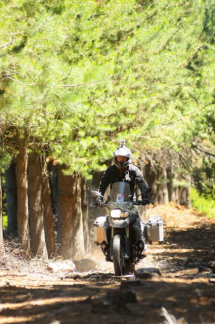
Villa La Angostura - Pichi Traful waterfalls
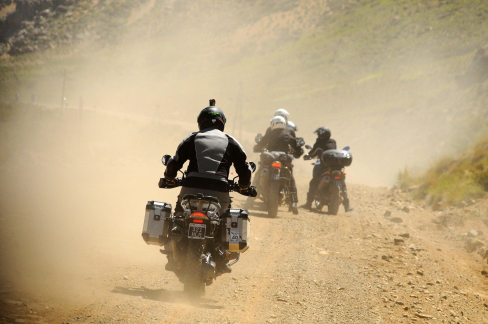
The Hosteria Piedra Pintada
Aluminé - Pulmari Lake
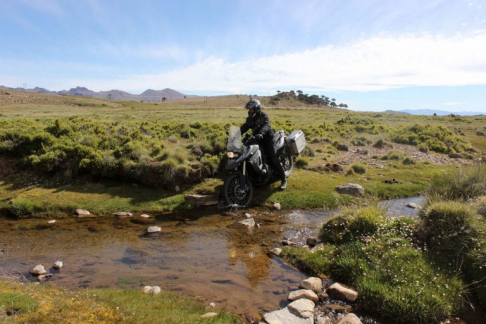
Sheep, horses and oxen
Lago Aluminé - Villa Pehuenia - Zapala
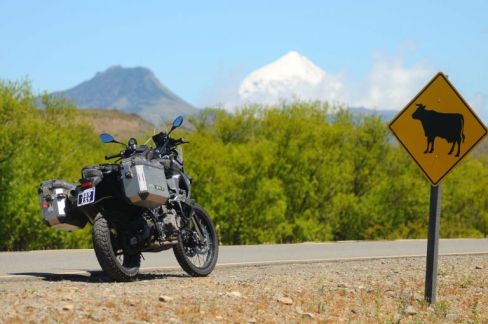
Farewell to the motorcycles
Zapala - Neuquén - San Martin de Los Andes
